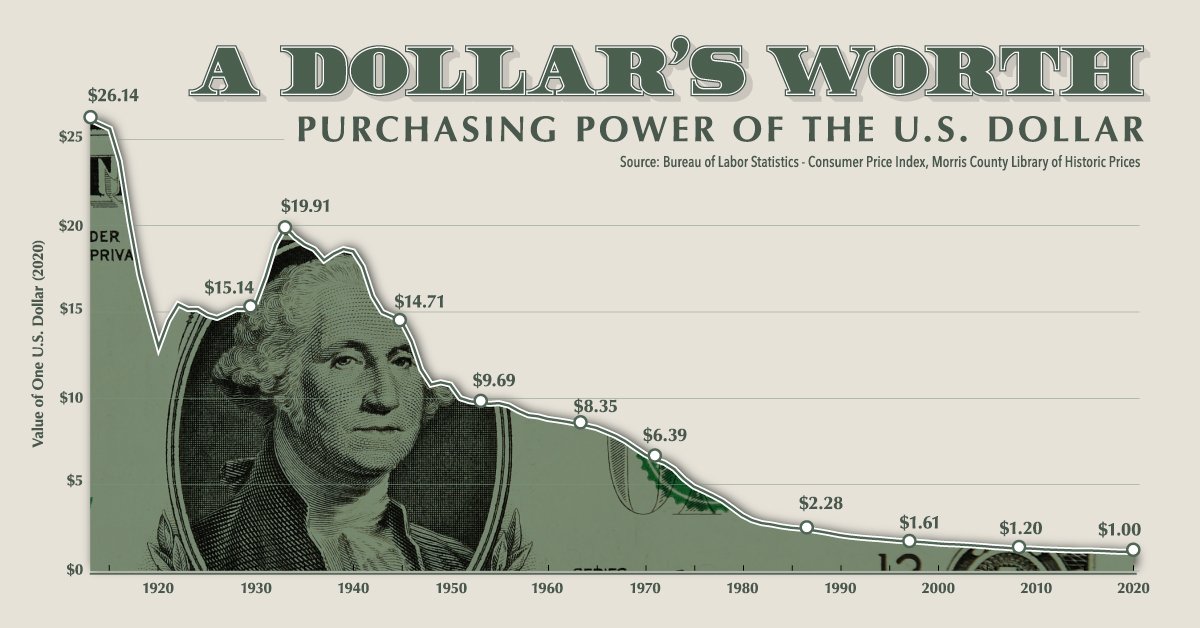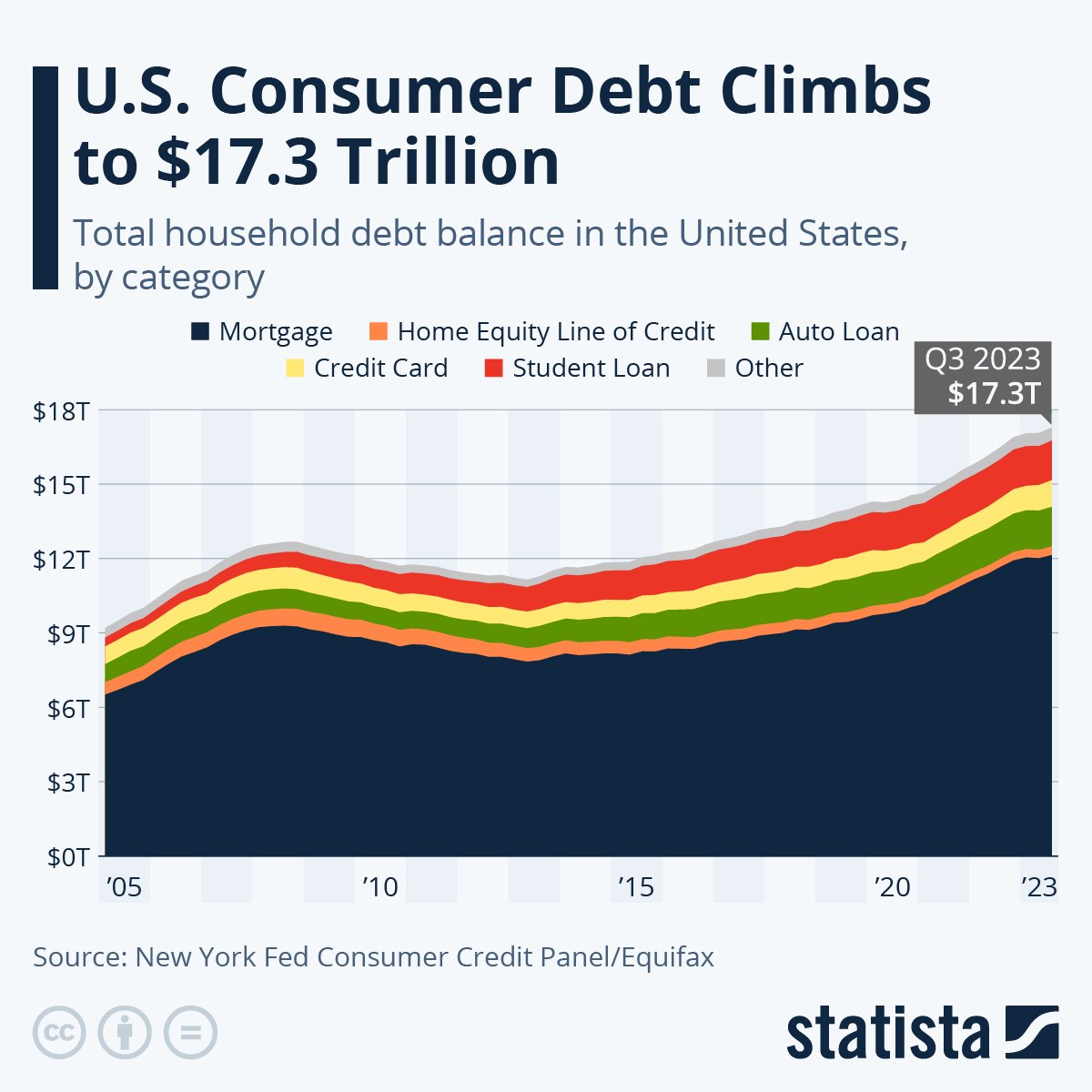*I am not a financial advisor. These articles are meant as educational material only and reflect my own personal views.
Anyone who has shown even a fleeting interest in Bitcoin, and even for those who have completely written it off as a scam or something not worth paying attention to, I invite you to join me on this series of short articles delving into this asset, its potential, how it could reshape the world, and why everyone should, at the very least, conduct some research to understand the financial environment we are currently in.
I want to be upfront with you right away; I am biased toward Bitcoin because I have been reading and listening to any information I can get my hands on for the past five years. Some of my convictions about it differ from others due to the time I have spent studying how it works and how it can largely affect the economy. Bitcoin can be somewhat daunting to understand as it has many facets, and frankly, the world has never seen an asset like it in human history. I am not trying to convince you to buy Bitcoin. My goal is to pique your interest enough to explore it. If you were to simply buy it with no knowledge or interest in it, the chances of you holding onto it long enough to be effective for you and your portfolio are slim because of the volatility. But once you have studied it, experimented with it, and know that if you buy, you are buying for the long term, I believe you will be more at peace with your investment and see its true world-changing potential. Even if you decide it isn’t the right investment for you, the knowledge you will gain during the research will be invaluable to understanding money and how the economy works.
A man named Jason Maier recently released a new book called “The Progressive Case for Bitcoin”. At the very end of the book, he stated that he believes no one who has ever studied Bitcoin for 100 hours has ever walked away thinking it was a bad investment. I tend to believe this statement and want to attempt to prove it to you in these articles. In order to provide a basic understanding of Bitcoin, I will be covering multiple topics including, but not limited to, the gold standard, inflation, time preference and Bitcoin itself.
Common Questions
Throughout this series of articles, we will be answering common questions about Bitcoin. You will find some of these common questions below with direct links to the articles that answer them.
What was the Gold Standard? - Article 2
What is the National Debt? - Article 2
What is inflation and what issues does it cause? - Article 3
What is the Cantillon Effect? - Article 3
What is proof-of-work? - Article 4
What is the difficulty adjustment? - Article 4
How many Bitcoin are there? - Article 4
What is the halving? - Article 4
What is the Stock-to-Flow ratio? - Article 4
Explanation of time preference - Article 5
What keeps bitcoin safe from government control? - Article 6
What impact does Bitcoin have on the environment? - Article 6
How do I buy Bitcoin? - Article 7
What do I do once I buy Bitcoin? - Article 7
How can I learn more? - Article 8
Glossary
Below are the definitions of some terms that will come up in the articles that may be new to many readers. It will help to understand these terms as you make your way through the articles.
Fiat Currency - All currencies issued by government (Dollar, Yen, Ruble, etc.) The definition of fiat is “a decree.” In the case of currencies, this means a fiat currency has value because an authority, such as a government, declares it has value.
Bitcoin Protocol - The internet is a protocol that everyone uses and continues to be built on top of. Email is also a good example of a protocol. There are few people that understand the underlying protocol of these technologies, yet we all use these same protocols to build websites, companies, applications, and even send messages. The protocols underpin everything built on top of it and rarely changes. The Bitcoin protocol is similar. It is a set of codes that Bitcoin runs on. Many services, applications and new technologies are built on top of this protocol, but the underlying protocol doesn’t change and acts as the foundation of the network.
Lighting Network - If the Bitcoin protocol is layer one of the network, the lighting network is layer two. Lighting has been built on top of the Bitcoin protocol in order to solve the issue of faster and cheaper payments. While layer one only handles so many transactions at a time to focus on security, this makes payments for coffee and other small transactions tedious. The lighting network makes these small transactions instant and cheap. Think of layer one as the place to make large secure payments while layer two is for small day-to-day transactions.
Digital Bearer Asset - A bearer asset is an asset that does not require the redeemer to register ownership, meaning the person who holds the asset is the owner. This can include a bond, checks, and cash. Bitcoin is the first digital bearer asset ever created. Meaning if you hold your own private keys no one can claim your Bitcoin unless you spend the Bitcoin or give up your keys.
Hardware Wallet - a device that holds the private keys to your Bitcoin. While the device does not actually hold Bitcoin, it allows you to access your address on the blockchain that proves you own your Bitcoin (Bitcoin never actually leave the blockchain). This device is not connected to the internet unless making a transaction (some are never connected to the internet at all). The device will also create addresses that allow you to receive Bitcoin.
Private Keys - Think of this as the password to your bank vault of Bitcoin. These “keys” are encrypted into a 12-24 word seed phrase that allows you to access your Bitcoin. Keeping your keys safe and protected gives you ownership and allows you to be your own bank of Bitcoin. Private keys prove you are the owner of this digital bearer asset. “Not your Keys, Not your Coins!”
Public Keys - A public key is created from a private key. Public keys can be shared with the public to receive Bitcoin from others. While a private key gives access to a public key, encryption makes it impossible for a public key to give access to a private key. Therefore it is safe to give out your public key, but you should never give out your private key.
Block - A block in Bitcoin is mined every 10 minutes on average. Miners all around the world compete in a sort of lottery competition to mine blocks. Included in the block is the Block Subsidy or reward for mining the new block, which at the time of writing is currently 6.25 Bitcoins. This is how new Bitcoin is introduced to the world. The block also contains transactions from the Bitcoin protocol and all the fees included with those transactions.
Blockchain - You can think of the blockchain as the entire ledger of Bitcoin’s history. Every transaction inside of every block is available to see in the blockchain and anyone can view it. This includes every block since the genesis block (the first block ever mined), back in 2009. These blocks are “chained”’ together as each proceeding block references the block before it in order to keep a legitimate ledger of truth of every transaction over time.
Node - A node is a computer that runs the bitcoin software and validates new blocks. Anyone can run a node. These nodes are what keep the protocol functioning and working honestly. Nodes also keep the network decentralized and secure. Bitcoin cannot be shut off because nodes are scattered throughout the world and as long as one person is still operating a node, the Bitcoin network will keep plugging along. Nodes interact with each other by validating transactions on the network. Any transaction that does not align with the protocol immediately gets discarded by nodes in the network which keep the system secure.
Miner - Miners are specialized computers that “mine” Bitcoin. These computers function by trying to win the lottery of finding new Bitcoin. This is done by making trillions of mathematical guesses if you will. The miner who guesses the correct number first “mines” the next block and is rewarded with newly minted Bitcoin. With this they get to place the new block into the blockchain and also receive all the fees from the transactions in that new block.
Proof of Work - this the name for the mining process of Bitcoin. It is called Proof of Work, because in order to mine the Bitcoin, real world energy (electricity) has to be used in order to mine Bitcoin. This energy takes capital, from buying the miner, paying the electricity cost to run the miner and in larger mining operations, building the infrastructure to house support and cool the miners. This can even include infrastructure to transport energy from hydroelectric, solar, wind, and other energy sources in order to run the mining rigs. This global competition keeps Bitcoin decentralized and acts more as a free market where everyone is competing and no one has control over the network
Proof of Stake - This is the mining process for most other cryptocurrencies and could even be compared to how fiat currencies work. Miners do not use real world energy to mine in this circumstance. Mining is produced by a computer algorithm and is distributed to the highest stakers in the network. In order to receive proof of stake coins, outside of buying, you must stake your coins in the network. The more coins you stake, the more coins you receive. While most claim it is better for the environment, the drawbacks are that the rich tend to get richer, which creates a centralizing problem in the network. The more coins you have the more you get, and the more power and control the top few have in the system. Since no real work or energy is being put in to protect the network, the top holders could in fact change the rules if they so choose.
Part 2 of the series can be found here.







